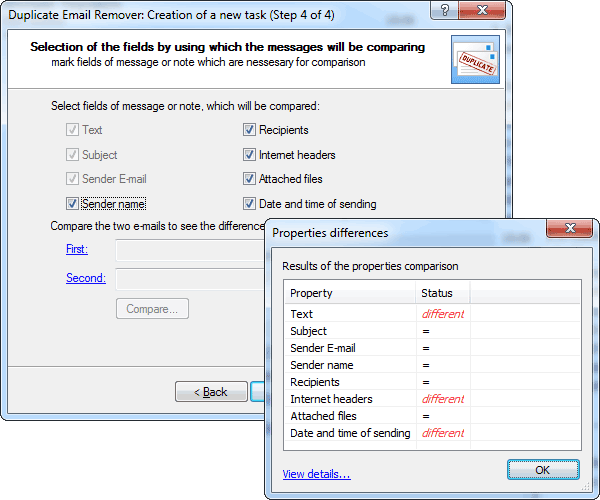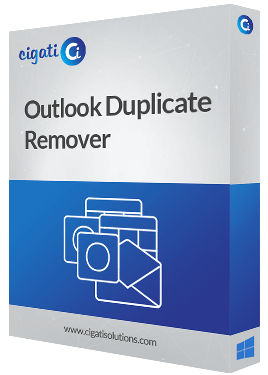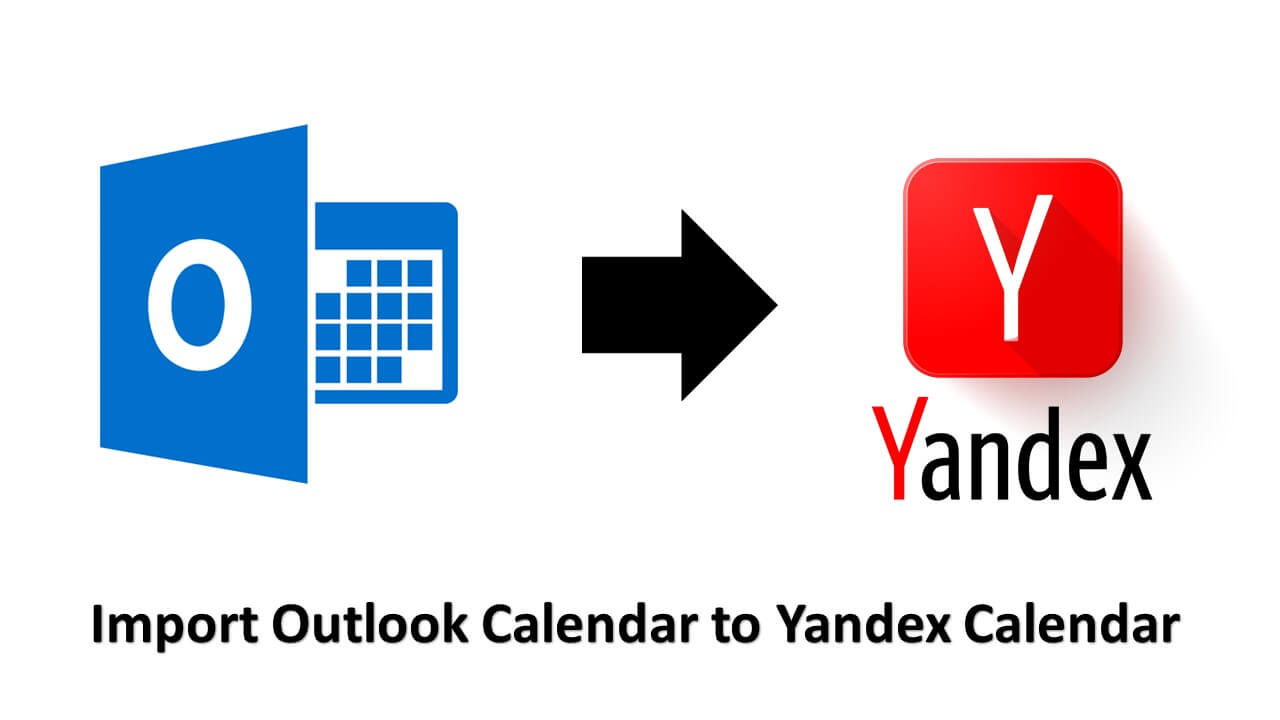

- #Mapi outlook duplicate remover software
- #Mapi outlook duplicate remover windows 8.1
- #Mapi outlook duplicate remover windows 7
- #Mapi outlook duplicate remover professional
- #Mapi outlook duplicate remover windows

Duplicates from Same Folder or All Folders – The Outlook Duplicates Remover rapidly searches for duplicity and has two modes – Standard & Advanced.
#Mapi outlook duplicate remover software
Given below are the features the software prides in: Having spoken of the usage of Kernel for Outlook Duplicates Remover, it is necessary that we talk of its features. Features of the Outlook Duplicate Remover Software Moreover, it provides numerous options to deal with duplicate Outlook items. Kernel for Outlook Duplicates Remover finds and then removes duplicate emails instantly from the Outlook folders. And for this purpose, many Outlook users recommend Kernel for Outlook Duplicate Remover.
#Mapi outlook duplicate remover professional
That is why professional tools are necessary for removing duplicate items in Outlook. When use the Export/Import feature of Outlook to remove duplicate items, you can see that it is not that easy.
#Mapi outlook duplicate remover windows
Windows XP: Click the Windows Start button, and then click Run.Try automated tool Kernel for Outlook Duplicates Remover to delete duplicate Outlook contacts from MS Outlook PST mailboxes.Ī Professional Tool for Removing Outlook Duplicate Items
#Mapi outlook duplicate remover windows 7
Windows 7 and Windows Vista: Click the Start button, point to All Programs, click Accessories, and then click Run.
#Mapi outlook duplicate remover windows 8.1
Windows 10, Windows 8.1 and Windows 8: Press Windows Key + R. To do this, use one of the following procedures, as appropriate for your version of Windows. Start Outlook with the resetfolders switch: Repeat steps 2 through 4 for other common Outlook folders (Contacts, Deleted Items, Drafts, Inbox, Journal, Junk E-mail, Notes, Sent Items, and Tasks).ħ. Right-click the duplicate folder, and then select Delete Folder.Ĭlick to enable the Hard Deletion option, and then click OK.ĥ. In MFCMAPI, switch back to the duplicate folder, which is now empty. If no items appear in the top pane, the folder is already empty skip to step 7.Ĭlick on the Actions menu, then click the Copy Messages command.Ĭlose the folder window, then double-click on the original folder, which has the older creation date and time.Ĭlick on the Actions menu, then click the Paste Messages command.Ĭlick to enable the MESSAGE_MOVE checkbox, then click OK.Ĥ. On the window that opens, click on the top pane, then press CTRL + A to select all items. In the left pane of MFCMAPI, double-click on the duplicate folder, which has the newer creation date and time. This can include email that was received in the Inbox, Contacts that were created, Calendar appointments that you scheduled and meetings that you accepted. These are items created after the duplicate folders were created. Use MFCMAPI to copy any items from the duplicate folder to the original folder. Work with one pair of folders at a time (for example, start with the two Calendar folders that appear).ģ. The duplicate folder will have a newer creation date and time. Compare this value to the duplicate folder with the same name. In the right pane, locate the Value column for the PR_CREATION_TIME property. To identify the duplicate folder, click one of the duplicate folders on the left pane. In the navigation pane (left-side pane), expand Root Container, and then expand Top of Information Store. In the top pane, locate the line that corresponds to your mailbox, and double-click it. If you are prompted for a profile, select your profile name, and then click OK. To do this, follow these steps:ĭownload MFCMAPI from github (scroll down and then click Latest release).Ĭlick on the Tools menu, then click Options. Use MFCMapi to identify the duplicate folders. Exit Outlook and close OWA on all workstations that are connected to the user mailbox.Ģ. To delete the duplicate items, follow these steps:ġ. We recommend that you back up Outlook data or make sure that the Exchange Server mailbox has been backed up before you proceed with these steps. The following steps may result in data loss if you do not follow them exactly as written.

Other factors could also contribute to the issue described in the Symptoms section of this article. Or, the unexpected duplication may be the result of Exchange Server mailbox maintenance or of other changes that are performed on the computer that is running Exchange Server. CauseĪ mobile device or a third-party server application that synchronizes with the Exchange Server mailbox may unexpectedly introduce the duplication. In Microsoft Outlook, you see duplicate folders in your Microsoft Exchange Server mailbox when you view the Outlook folder list, or when you view the folder list by using Outlook Web App (OWA).


 0 kommentar(er)
0 kommentar(er)
